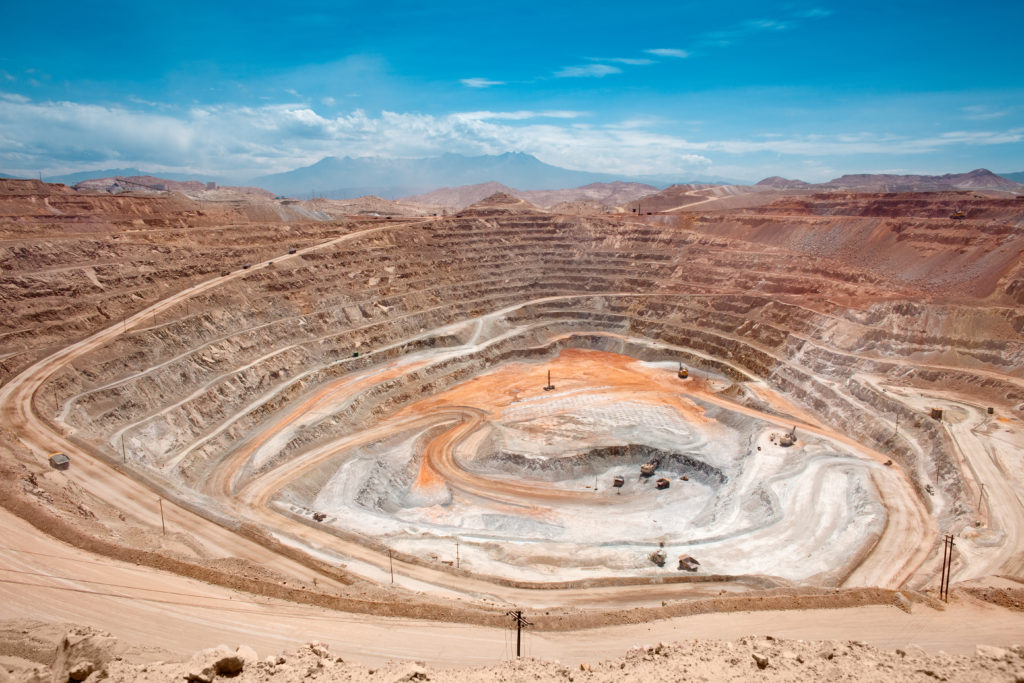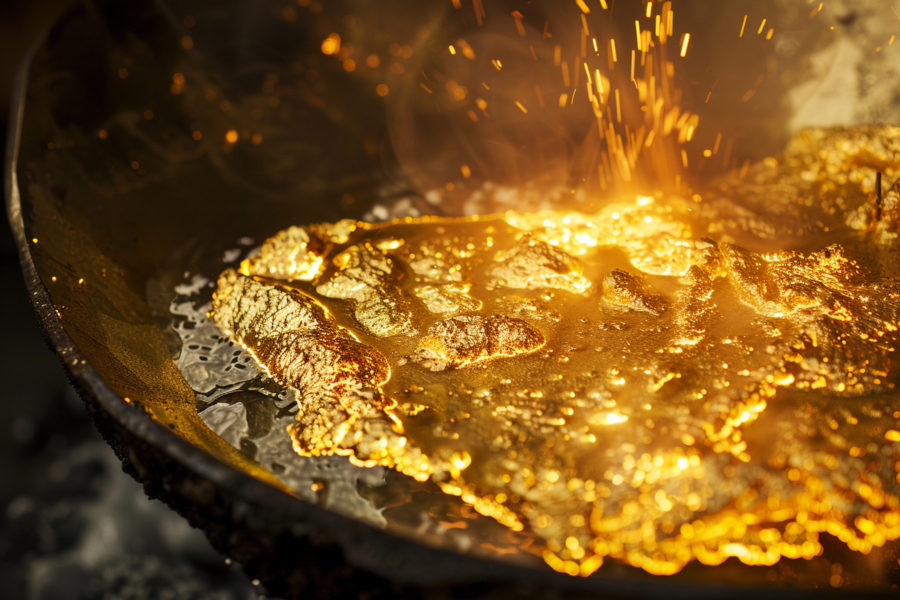Peru economy grows more than expected in February on mining gains

Peru’s economy notched its best month of growth in nearly two years in February, driven by mining gains, fueling hopes that the country emerged from recession in the first quarter.
Gross domestic product (GDP) expanded by a better-than-expected 2.85% in February from the same month in 2023, the government’s INEI statistics agency reported in a statement on Monday, marking Peru’s second straight month of economic growth.
Peru’s economy, once a star among its Latin American peers, shrank 0.55% last year due to the adverse effects of the El Nino weather phenomenon, lower private investment mainly in mining and the threat of anti-government protests.
February’s figure was above the 2.10% growth forecast by analysts polled by Reuters and at the higher end of a 2%-3% range projected by Peru’s economy minister last month.
The monthly growth rate was the largest since June 2022, according to INEI records.
The South American country’s mining and hydrocarbons sector saw the biggest expansion in February, growing close to 16%, INEI said, pointing to larger copper, gold and molybdenum volumes that boosted metals mining just over 17%.
Peru is an important global producer of copper, silver and zinc, and its mining sector has expanded for 13 consecutive months.
The manufacturing sector, an important source of jobs, was down 10.92%, while the beleaguered fishing sector shrank 31.26%.
The fishing sector was hurt by a near complete collapse in anchovy volumes from a year ago. Anchovy is critical in making fishmeal fertilizer, of which Peru is a top producer.
The agricultural sector also shrunk nearly 2%.
Economy Minister Jose Arista last month said that data for March appeared encouraging, predicting private investment growth of 2% and public investment growth of 8%.
The World Bank last week forecast Peru’s economy notching 2.7% growth in 2024.
(By Brendan O’Boyle and Marco Aquino; Editing by Sarah Morland and Bill Berkrot)
More News
{{ commodity.name }}
{{ post.title }}
{{ post.date }}


Comments